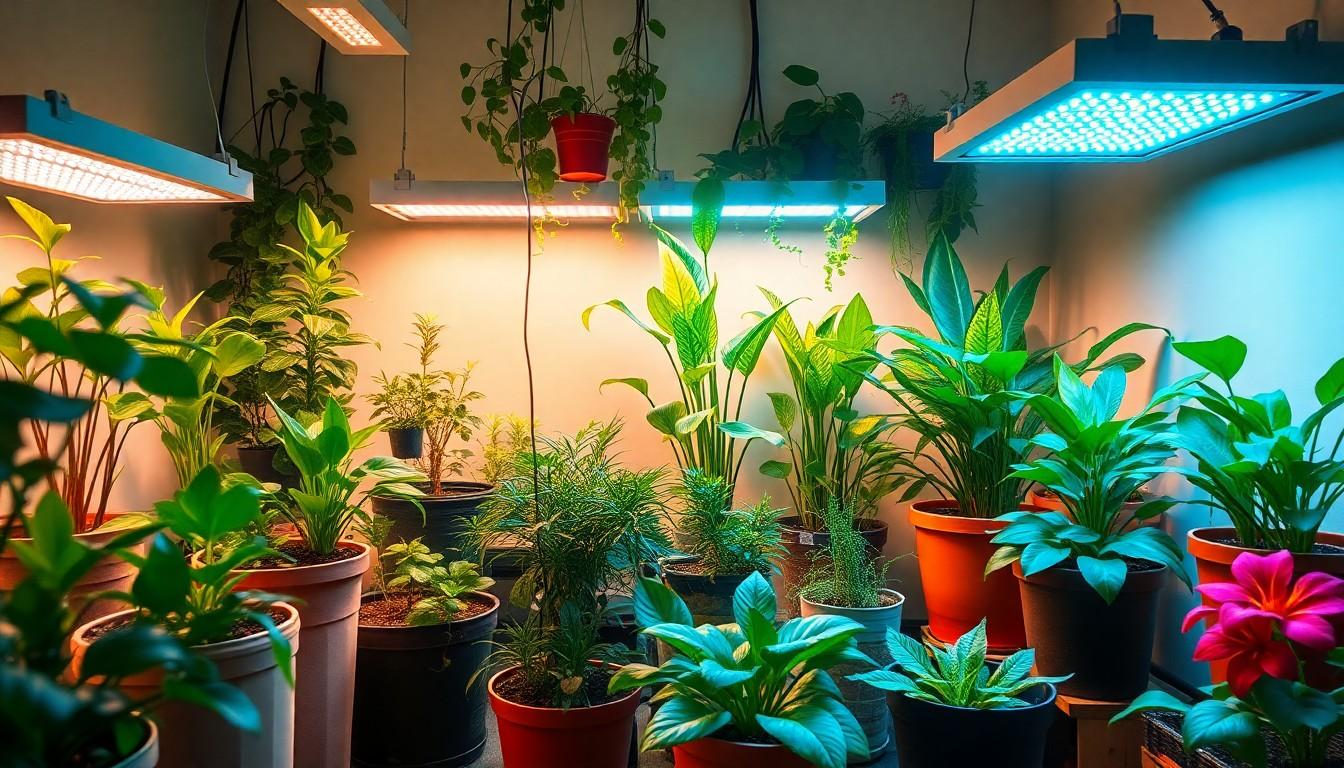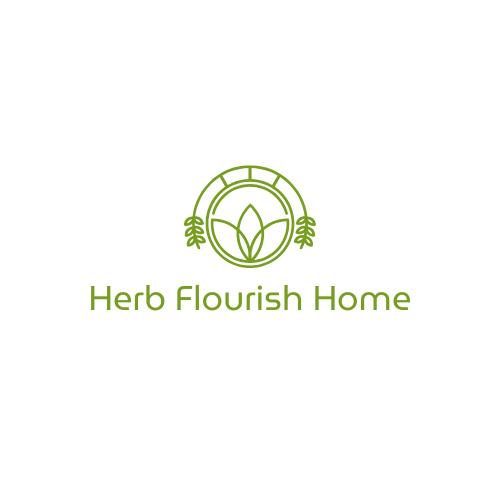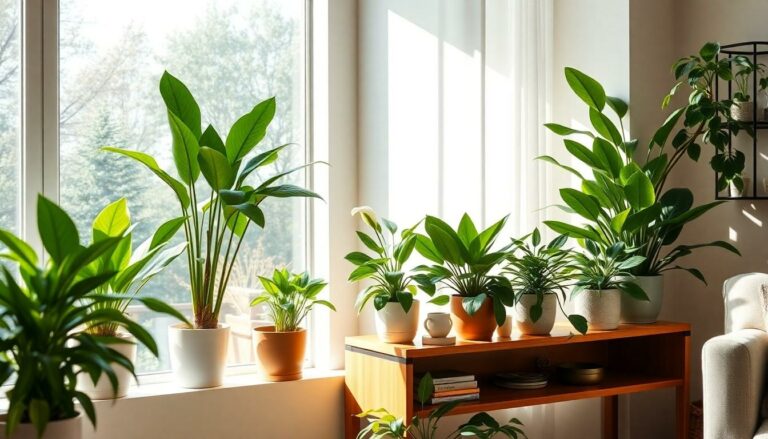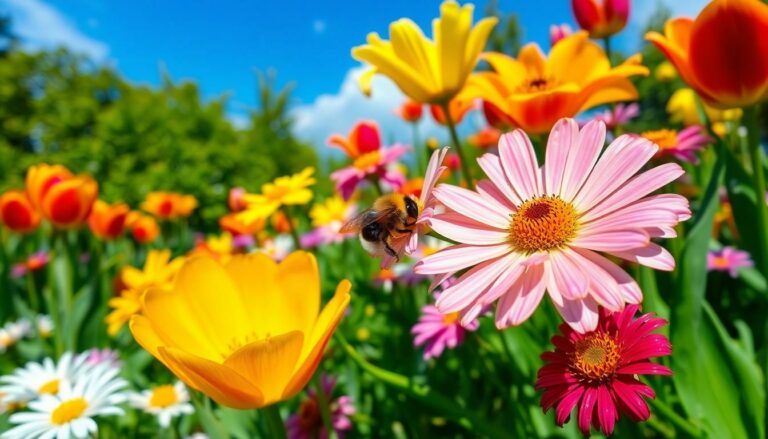
Indoor Lights for Plants: Unlock Your Indoor Garden’s Full Potential
Plants are the ultimate roommates—quiet, low-maintenance, and they don’t hog the remote. But when the sun takes a vacation during those dreary months, indoor plants can feel a bit neglected. Enter indoor lights for plants, the superhero solution that’ll keep those green friends thriving even when natural sunlight is on a coffee break.
With the right lighting, plants can flourish and even show off their vibrant colors like they’ve just stepped off a tropical runway. Whether you’re nurturing a fern or coaxing a stubborn succulent to perk up, choosing the right indoor lights can make all the difference. So, let’s dive into how to brighten up your indoor garden and keep those leafy pals happy and healthy. After all, a well-lit plant is a happy plant—and who doesn’t want a happy home?
Overview Of Indoor Lights For Plants
Indoor lights designed for plants provide essential support to maintain growth and vitality, especially in low-light conditions. Various light sources are available, including fluorescent, LED, and incandescent options. Each type offers distinct advantages that cater to different plant species and care needs.
Fluorescent lights, popular for their energy efficiency, emit low heat and come in various spectrums. These lights suit a range of plants, from leafy greens to flowering varieties. They work well for those cultivating several indoor plants simultaneously.
LED lights stand out for their longevity and specific spectrum output. With less energy usage, they offer a tailored approach to plant lighting. Many growers appreciate how LEDs can be adjusted to meet the requirements of various plants throughout their growth stages.
Incandescent lights, while less commonly used now, provide warmth and brightness. They create an inviting ambiance but use more energy and generate significant heat. Growers must monitor heat levels to avoid overheating plants.
The distance between the light source and plants plays a crucial role in light effectiveness. Recommended distances vary based on the type of light used and specific plants’ light requirements. Maintaining this distance ensures optimal growth without damaging sensitive leaves.
Finally, the duration of light exposure impacts plant health. Most indoor plants thrive with 12 to 16 hours of light daily. Adjusting light durations allows gardeners to simulate natural sunlight cycles effectively, promoting robust growth and vibrant colors.
Types Of Indoor Lights

Indoor lights for plants come in several types, each with unique benefits. The right choice depends on the specific needs of the plants.
LED Grow Lights
LED grow lights stand out for their energy efficiency and long lifespan. They produce little heat, making them safe to place close to plants. Various spectrum options exist, allowing users to select light wavelengths that promote growth for different plant types. These lights last up to 50,000 hours, reducing replacement costs. Many growers appreciate their low energy consumption, which significantly lowers electricity bills.
Fluorescent Grow Lights
Fluorescent grow lights are popular for their affordability and effectiveness. These lights emit a balanced spectrum suitable for most indoor plants. Compact fluorescent lamps, known as CFLs, are available for tight spaces. They provide ample light while generating minimal heat, making them ideal for seedlings and herbs. Users find that fluorescent lights work well for general plant maintenance, offering an energy-efficient option for casual plant enthusiasts.
Incandescent Grow Lights
Incandescent grow lights offer warmth that can benefit certain plant species. While they produce bright light, their energy efficiency lags behind LEDs and fluorescents. Heat generation must be monitored closely, as excessive warmth can harm plants. These lights suit situations where a small number of plants require added heat. For those looking for temporary lighting solutions, incandescent options remain accessible and straightforward.
Benefits Of Using Indoor Lights For Plants
Using indoor lights for plants enables effective growth and improves plant vitality. Proper lighting creates an environment where plants can thrive, especially when natural sunlight is insufficient.
Enhanced Growth Rates
Enhanced growth rates occur when plants receive the right light intensity and duration. Plants utilize indoor lights to photosynthesize, which directly increases their growth and development. For example, studies indicate that plants exposed to specific light spectrums result in a 20% to 30% increase in growth rates compared to those only receiving natural light. Moreover, seedlings and young plants particularly benefit from consistent lighting, allowing them to mature quickly and healthily. Tailoring light exposure aligns with individual plant species’ needs can optimize growth rates significantly.
Energy Efficiency
Energy efficiency stands out as a major advantage of using indoor lights. LED grow lights consume up to 80% less electricity than traditional incandescent bulbs, making them a cost-effective option. Fluorescent lights also offer substantial energy savings while providing the necessary light spectrum for plant growth. Switching to these energy-efficient options reduces overall energy costs while maintaining optimal light levels. Lower energy consumption positively impacts not only electricity bills but also the environment by minimizing carbon footprints.
Factors To Consider When Choosing Indoor Lights
Finding the right indoor lights for plants involves understanding several important factors. Each influences plant health and growth.
Light Spectrum
According to research, light spectrum plays a vital role in photosynthesis. Plants require specific wavelengths for optimal growth. Blue light promotes vegetative growth, while red light encourages flowering and fruiting. Full-spectrum lights mimic natural sunlight, offering balanced wavelengths for all plant stages. Growers benefit from customized light spectrums, which can enhance growth rates by 20% to 30%. Selecting lights with the appropriate spectrum maximizes plant vitality.
Wattage and Coverage
Wattage significantly impacts how well plants receive light. Higher wattage usually provides greater intensity, covering larger areas effectively. Understanding the specific needs of each plant species allows for informed wattage choices. For example, low-light plants may thrive under lower wattage while sun-loving varieties require more robust lighting. Additionally, calculating the space’s coverage ensures adequate lighting for every plant, promoting uniform growth and health throughout the indoor garden. Proper wattage and coverage create an efficient lighting setup suitable for diverse plant types.
Popular Indoor Light Products
A variety of indoor light products exist to support the growth of plants in various environments. These lights cater to different plant types, ensuring optimal health and vitality.
Product Reviews
LED grow lights rank highly among indoor lighting options due to their energy efficiency and long lifespan. Some models, like the Spider Farmer SF-1000, provide full-spectrum lighting, making them suitable for both vegetative and flowering stages. Fluorescent lights, particularly T5 fixtures, are also reliable for their low heat output, allowing plants to be positioned closer. The Sunblaster T5 system is a strong contender for small spaces, promoting healthy growth while conserving energy. Incandescent bulbs should be used cautiously, as they may cause overheating but deliver bright light, suitable for specific needs.
Comparison of Features
LED lights offer customizable light spectrums, allowing growers to tailor settings according to plant needs. They consume up to 80% less electricity than incandescent options, which contributes to significant cost savings. Fluorescent lights cover a broader area and emit less heat, making them ideal for young plants and seedlings. When it comes to spectrum, blue light emphasizes growth while the red spectrum supports flowering. Wattage differences can affect intensity levels, with higher wattage providing better coverage. Each feature plays a role in selecting the right lighting for maximizing plant potential indoors.
Conclusion
Indoor lights play a vital role in nurturing plants throughout the year. By selecting the right type of lighting and understanding their specific needs, plant enthusiasts can create a thriving indoor garden. The benefits of improved growth rates and vibrant colors are undeniable, especially during darker months when natural light is scarce.
With options like LED, fluorescent, and incandescent lights available, there’s a solution for every type of plant and space. Focusing on energy efficiency and the proper light spectrum not only enhances plant health but also contributes to a more sustainable home environment. Embracing indoor lighting opens up endless possibilities for cultivating a lush and lively indoor oasis.



